Not everyone is lucky enough to visit Ba Lua archipelago.
- Sunday, Jun 15, 2025, 09:47 (GMT+7)
Not everyone is lucky enough to visit Ba Lua archipelago.
Ba Lua Archipelago rests gently along the quiet waves of the southwestern sea, a place where time seems to have taken a pause and memories drift softly with the ocean breeze. Unlike the bustling beaches of Nha Trang or the polished allure of Phu Quoc, this group of islands feels like a secret whispered by nature itself, preserved for those who long to hear the rhythm of the sea. Upon arrival, the first feeling is not excitement but stillness, a kind of peace that draws you in and invites you to breathe more deeply.
From Ba Hon Pier, small boats glide across water that mirrors the sky. The wind carries the scent of salt, sun-warmed leaves, and raw ocean air. In the distance, islands appear like green fragments suspended in mist. Some call it the southern version of Ha Long Bay, yet Ba Lua has its own spirit. It is so quiet that the sound of paddles, the flutter of wings, and even the whispers of rocks beneath the sun seem sharper and more present.
There are more than forty islands scattered across this stretch of sea, shaped like a school of fish moving westward. Hon Heo is the largest island, once used by the French to raise livestock for ships anchored offshore. The name has remained for generations, a quiet echo of a forgotten past. At the heart of the island stands Son Hai Tu Pagoda, cradled by ancient trees. The bell chimes each morning as if greeting the day with calm. From the edge of the temple, the sea and sky blur into one, with layers of blue folding into each other until the horizon disappears.
Nearby, three islands sit so closely together that when the tide recedes, people can walk across them without a boat. The water barely reaches the knees and is clear enough to see small fish weaving through the sand. At the center of Dam Gieng is a natural freshwater well. Its water remains full all year, even though it is surrounded by saltwater. Locals speak of it with reverence, calling it a gift that nature forgot to take back.
History here is not told in monuments but passed down in quiet stories. One speaks of Princess Ngoc Tuyen, a royal who fled during a time of war and disappeared among the islands. Some say she returns at dusk, gazing into the north from a high rock. Another tale describes a woman who once wove silk for the resistance. Her name was never recorded, but her spirit lingers in the name Ba Lua, now etched across maps and memories. These legends give the sea a mysterious glow, like moonlight on water that never stands still.
The rhythm of life on Ba Lua is as slow and soft as a leaf floating downstream. There are no high-rise hotels, no loud music. Only modest houses built with palm leaves, a few family-run stalls, and the warm smiles of fishermen. They might teach you how to catch fish with your hands or how to roast sea urchins until the scent drifts into the tide. Here, seafood is not found in printed menus but cooked fresh from the sea. Scallops grilled with garlic, sea snails with lemongrass, and warm porridge made from sea urchin all become part of a meal shared under the shade of a tree beside the sound of waves.
When the sun begins to set, the sky softens into shades of amber and rose. The sun sinks into the sea like a flame melting into water. Stars appear slowly, scattered across the sky like grains of salt on ink. In tents beneath the stars, sleep comes with the sound of waves and the scent of the sea. There is no need for signal, no glow of screens. The only light needed is the one that shines from above, the same light that guided travelers long before electricity.
The months from October to March offer the calmest seas and the clearest skies. Early winter brings a soft breeze and gentle sun, enough to warm the skin but never burn. From Ho Chi Minh City, travelers can reach Kien Luong by road before boarding a boat to the islands. Wooden boats move slowly, allowing space to reflect. On lucky days, dolphins can be seen rising alongside the boat as if in greeting. For those who prefer a faster ride, motorboats glide across the sea quickly, revealing rugged coastlines and curious rock formations shaped like turtles or ancient rooftops.
Few know that during certain tides, a sandy corridor appears between Dam Gieng and Hon Heo. It is visible only a few times each year. Locals call it a skywalk over the ocean. When morning fog covers the sea, the sand path seems suspended between worlds. In other parts of the islands, fossilized coral lies hidden among the rocks. These layers once formed the floors of ancient oceans. They still hold the marks of time, a quiet museum carved by waves and sun.
What makes Ba Lua special is not grandeur but its quiet honesty. It does not ask to be noticed. It simply exists in its full simplicity. A moss-covered stone touched by sunlight. A tree leaning toward the water. A patch of sand left untouched. These things ask nothing but offer everything to those who see with calm eyes.
When it is time to leave, the footprints in the sand are soon washed away, but the feeling remains. Salt lingers on your skin. The warmth of grilled seafood follows you home. The lull of waves stays in your breath. Ba Lua is not just a destination. It is a return. A return to the earth, to calm, to a way of seeing that is often lost.
Bare feet and the sound of the wind are sometimes all you need.
Ba Lua Archipelago remains quiet. It does not call out. But for those who listen, it is always waiting. A place where the sea breathes slowly and the soul finds its rhythm again.

 CHECKIN.VN
CHECKIN.VN

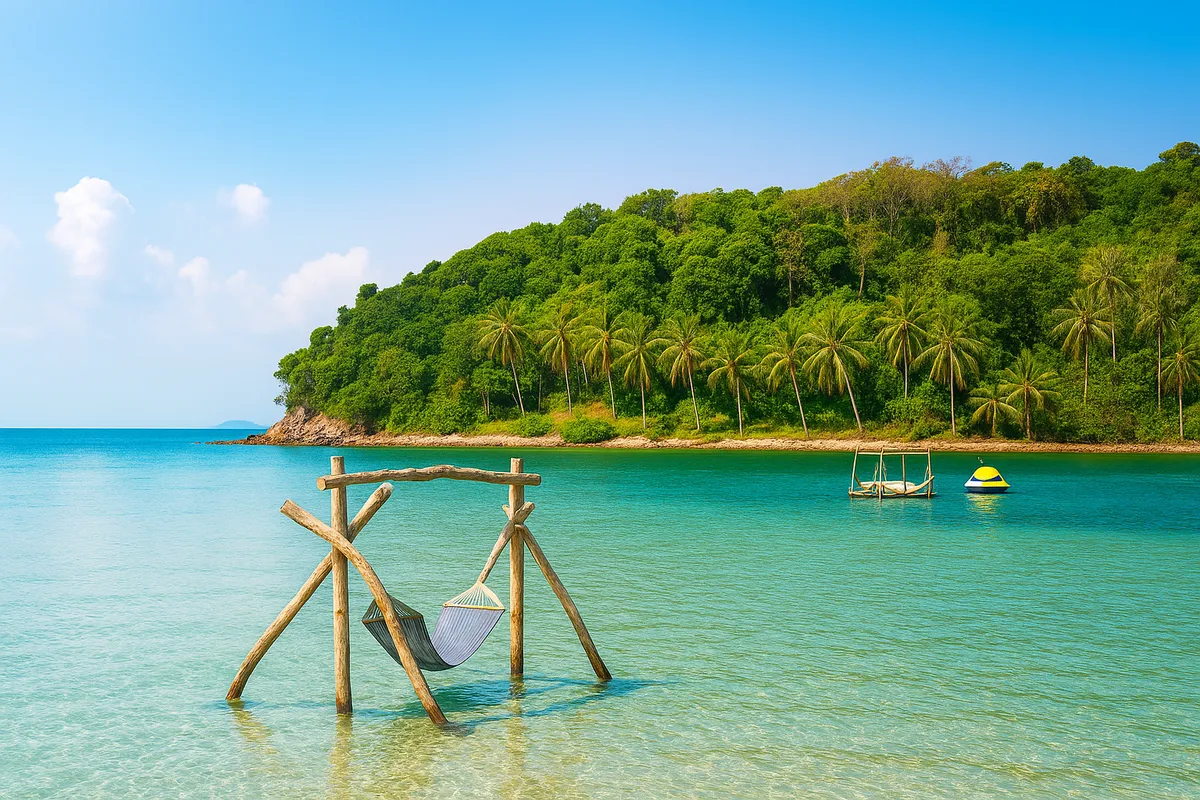
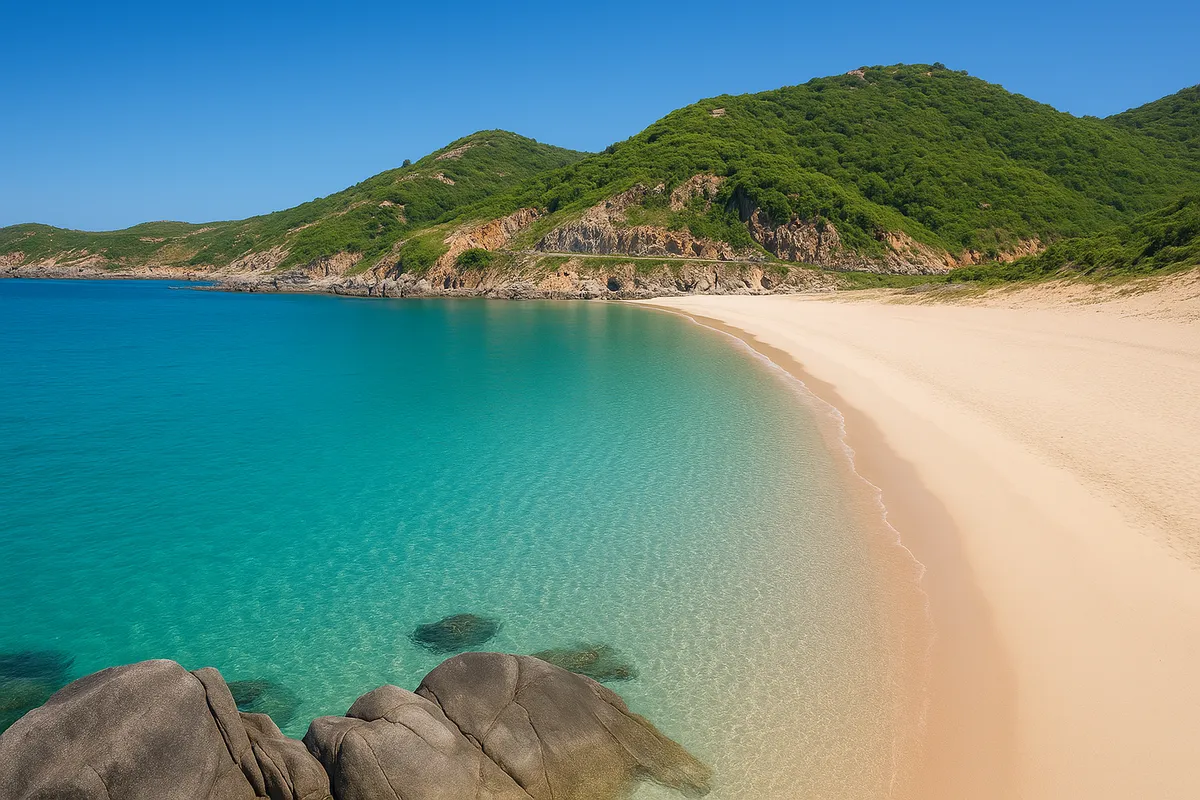

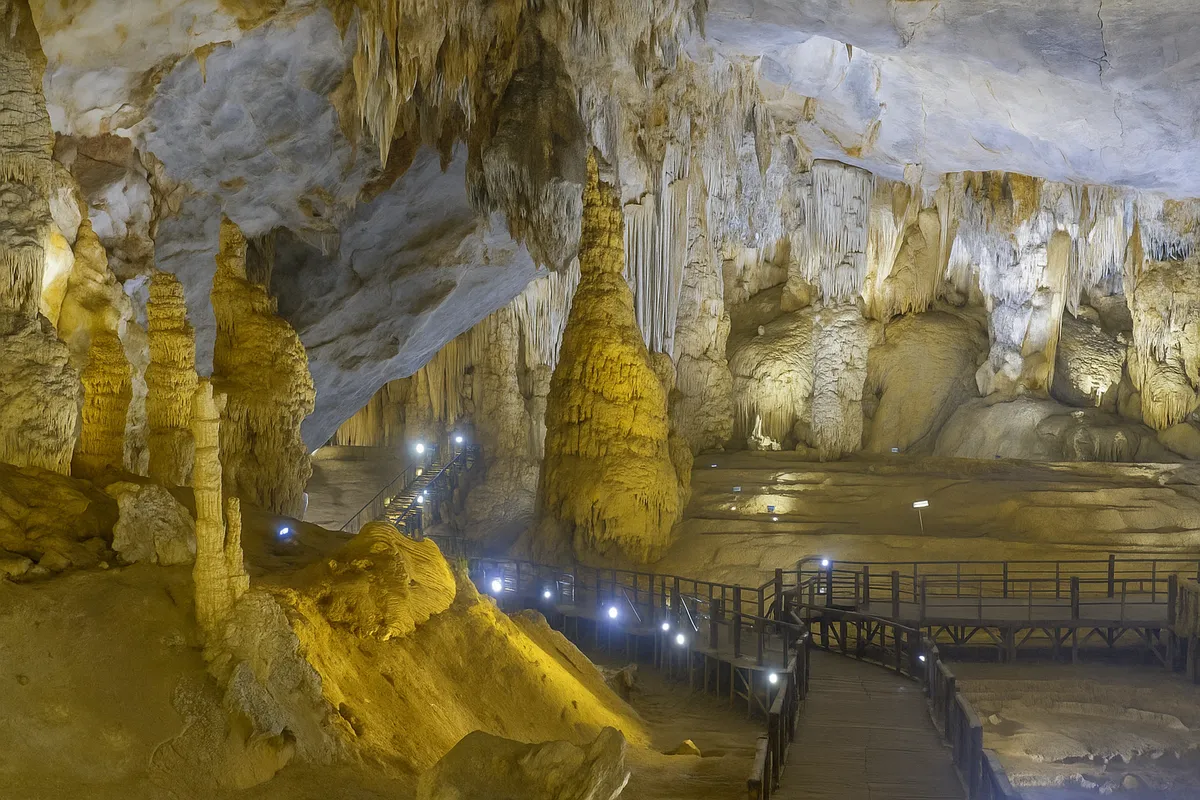
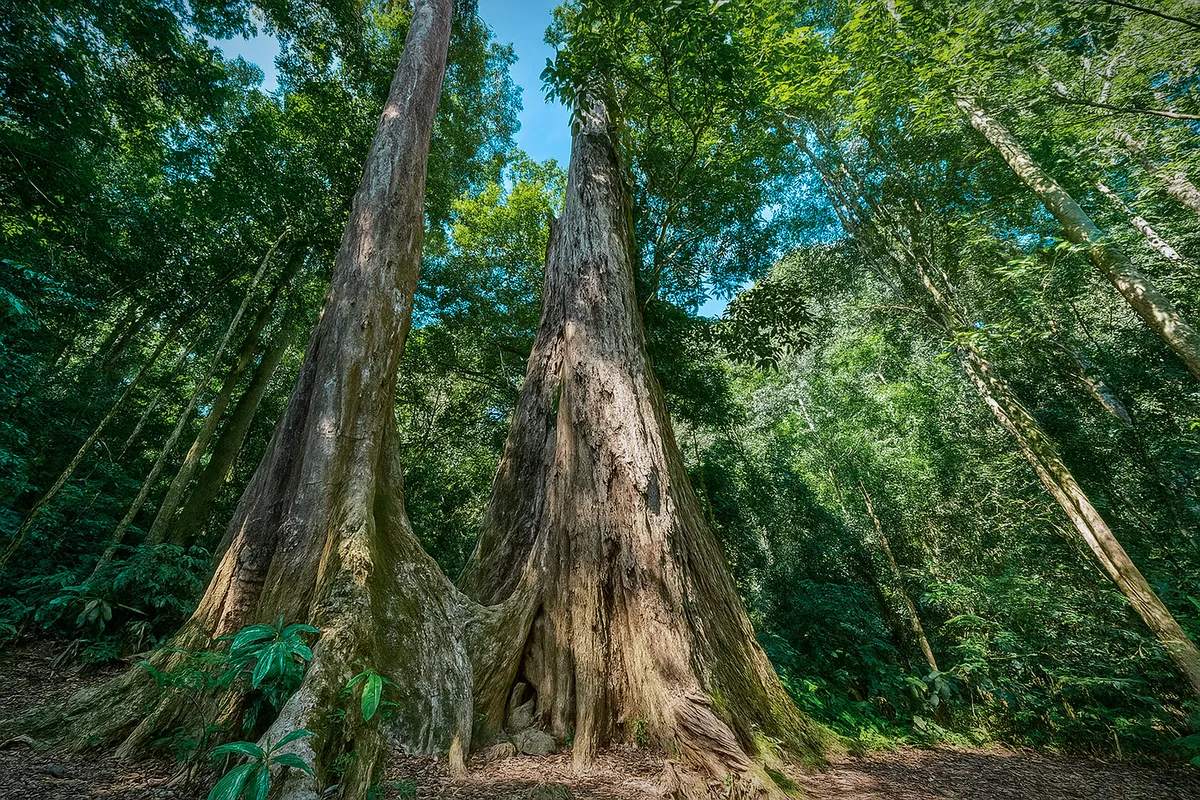

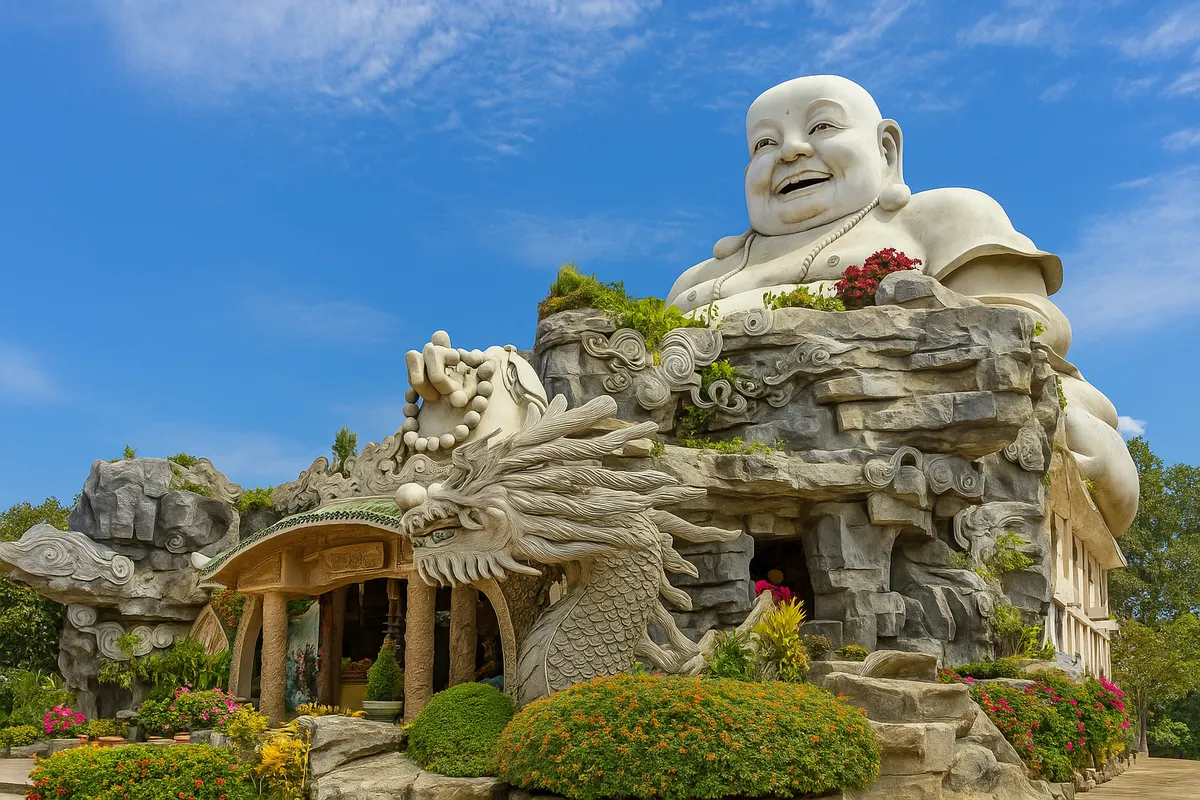
Share on